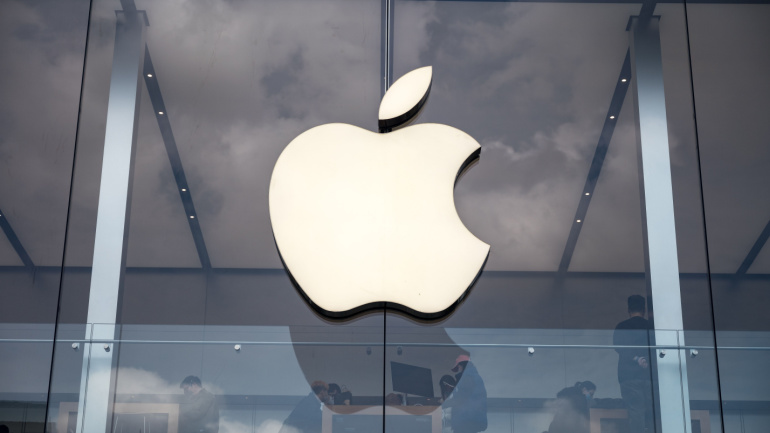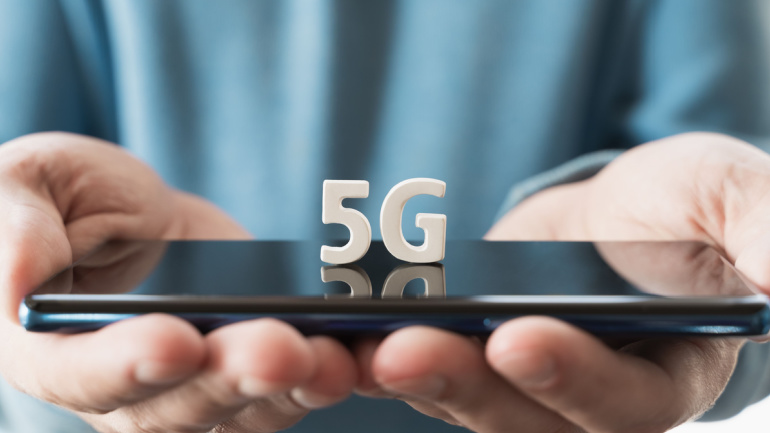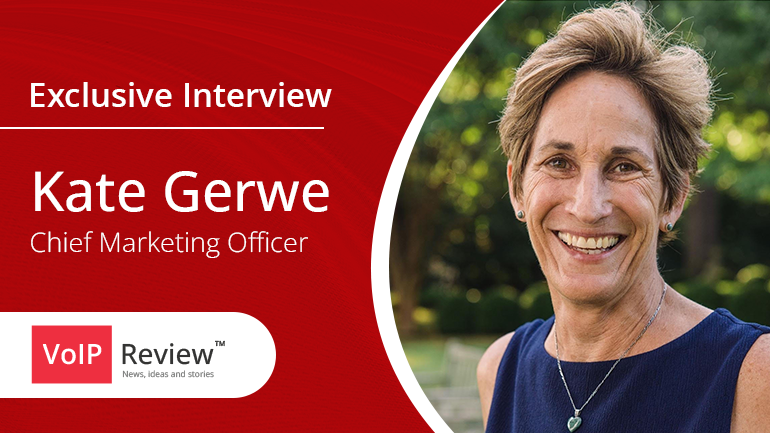Exploring Apple’s groundbreaking leap in silicon innovation with their latest M3, M3 Pro, and M3 Max products, it’s evident that personal computer processing is being redefined. Promising substantially expedited rendering times and performance enhancements across the board, Apple offers these not as mere upgrades, but as game-changers in the hardware world. Furthermore, these innovations signal noteworthy shifts in the broader landscape of PC CPU chips, traditionally dominated by Intel and AMD, now facing exciting competition. Dive deeper to discover the impact of these changes in the world of technology.
The implementation of 5G and 5.5G continues to hit roadblocks for mobile network operators – from an overwhelming number of O&M alarms to growing energy usage. Striking a balance between enhanced user experience and energy efficiency becomes crucial. Furthermore, the substantial financial expenditure for service provisioning underscores the need for attracting high-value customers. As the industry clarity grows on evolving towards autonomous networks, the two standout levels are L3 – a process that enhances efficiency, and L4 – that takes O&M to a proactive level with preventive tactics. Huawei’s solutions in this field focus on syncing optimal energy efficiency with ideal service experience. Interestingly, Huawei’s collaboration with a German operator led to the introduction of a premium package, further opening doors to business growth.
Against a robust backdrop of escalating system complexity, cloud-native DevOps emerges as a promising tool to simplify system development. Leveraged by Internet giants and SMEs alike, it’s heralded for boosting innovation efficiency and expediting industry monetization. Yet, its implementation is not without hurdles, as highlighted by China Mobile Jiangsu’s experiences. Their collaboration with Huawei, however, turned the tide, unraveling the potential of agile delivery and intelligent O&M to drive business growth.
Lina Zaboras, CEO at DIDWW, discusses the principles of progressive management. She emphasizes that successful leadership is driven by understanding motivation, setting clear goals, and fostering open communication. Great leaders are open to learning, exhibit emotional intelligence, and embrace innovation, adapting to the ever-changing business landscape.
Harnessing strategic collaboration, China Telecom Research Institute and Huawei Technologies have verified a cutting-edge 50G PON solution, achieving collaborative PON technology working simultaneously within GPON, XG(S)-PON and 50G PON ONUs. This unrivaled development opens up an exciting era in telecommunications, allowing operators to transition effortlessly into the 50G PON sphere.
Nokia’s 25G PON solutions are boosting Google Fiber’s bold venture into establishing a 20-Gbps service, though the full potential of such capacity remains untapped. However, Google Fiber, focusing on the future, views this as a crucial step towards achieving 100-Gbps services and beyond. Yet, does the necessity of such impressive speeds linger in doubt, or are these advancements setting a thrilling precedent in the field of telecommunications?
At the European Conference on Optical Communication, Huawei’s cutting-edge FTTR solution solidified its standing as the industry leader by winning the Most Innovative PON/5G/FTTx Product Award. Catering to a wide range of users—from homes to small businesses—Huawei’s solution offers superior bandwidth, minimal latency, uninterrupted Wi-Fi connectivity, and self-management capabilities, making it a favorite among global broadband users and operators. Moreover, it’s built on a point-to-multipoint all-optical networking architecture, providing ultra-gigabit Wi-Fi networks. Remarkably, the FTTR rollout is efficient and aesthetically pleasing, using a unique self-adhesive transparent optical fiber with fast deployment times.
In a robust move, Nokia is set to enhance 5G Fixed Wireless Access (FWA) with the unveiling of FastMile, two innovative solutions aimed at boosting indoor and outdoor coverage. This stride could revolutionize the industry, especially when considering wall attenuation effects on network capacity. FastMile’s outdoor solution cleverly sidesteps signal loss due to wall materials, while an intuitive mobile app assists users in determining the best placement for their receivers—shaping a route towards an optimal user experience in telecommunications.
Ooma, Inc., a leading smart communications platform for businesses and consumers, has successfully acquired 2600Hz, Inc. The acquisition, valued at approximately $33 million in cash, closed on October 20, 2023. This strategic move is set to enhance Ooma’s business solutions and expand its market reach.













